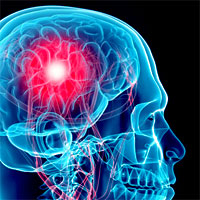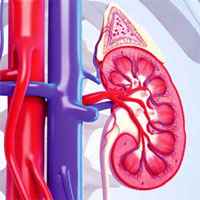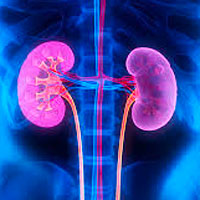Tag: CT

Optimum Chest Compression Point for CPR in Children Revisited Using a 3D Coordinate System Imposed on CT
The optimum chest compression site (P_optimum) in children is debated: European Resuscitation Council recommends one finger breadth above the xiphisternal joint, whereas American Heart Association proposes the lower sternal... read more

Blood test may obviate need for head CTs in brain trauma evaluation
A biomarker test based on the presence of two proteins in the blood appears to be suitable for ruling out significant intracranial injuries in patients with a history of mild traumatic brain injury (TBI) without the need... read more

Risk of AKI After Intravenous Contrast Media Administration
In the largest well-controlled study of acute kidney injury (AKI) following contrast administration in the ED to date, intravenous contrast was not associated with an increased frequency of acute kidney injury. Rates of acute... read more

Acute Kidney Injury is not Associated with IV Contrast Use in the ED
Intravenous (IV) iodinated contrast media is used routinely to improve the accuracy of computed tomography (CT) in the emergency department (ED). Prior studies have linked contrast media with the development of acute kidney... read more

VR Technology for Surgical Procedures Planning
Researchers at the University of Basel in Switzerland developed a technology that uses CT data to generate 3-D images that can be viewed in a virtual environment to help surgeons as they plan surgical procedures. The technology,... read more




